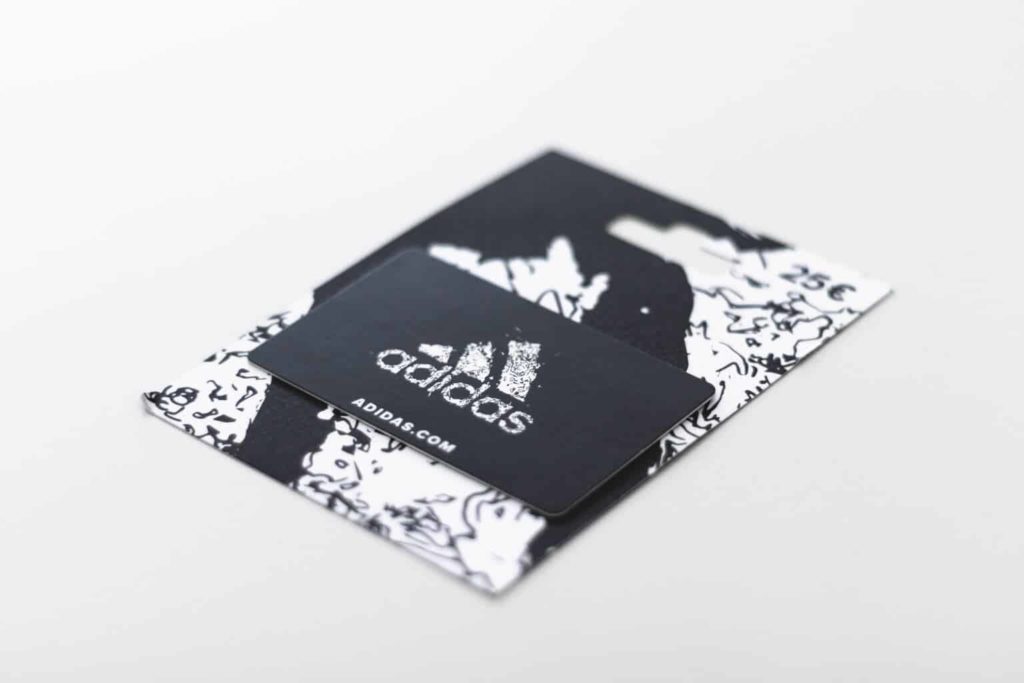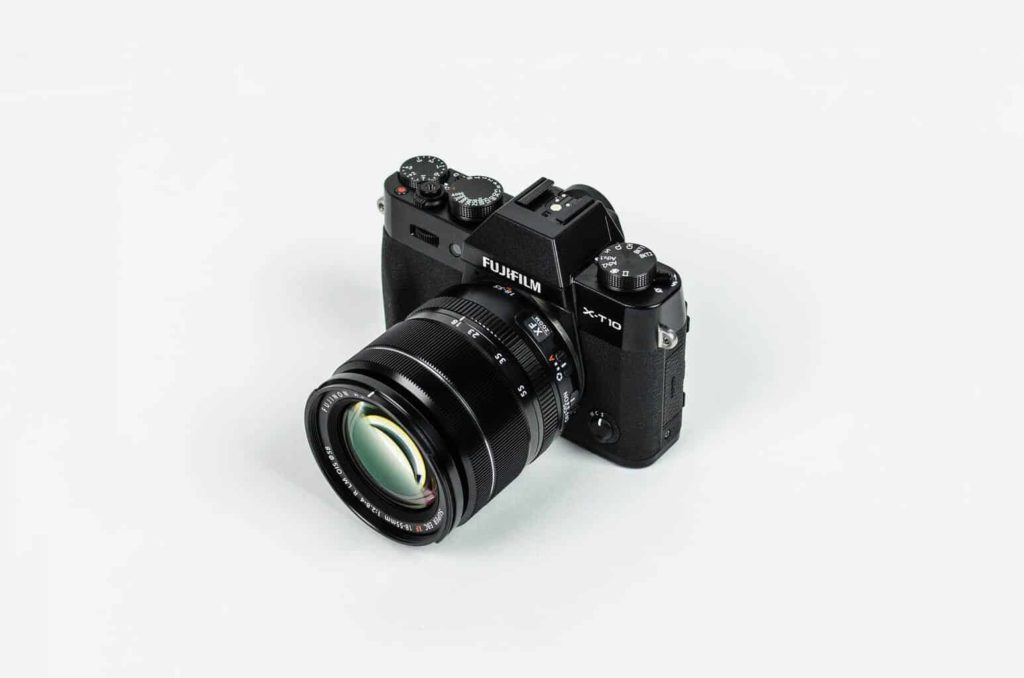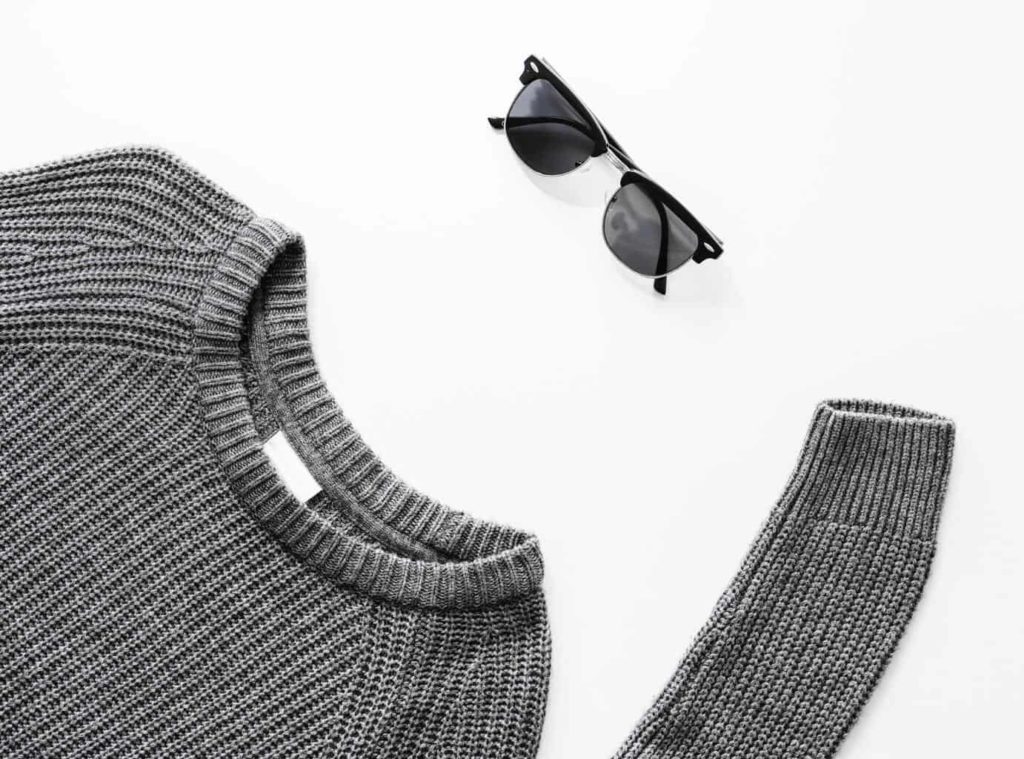Why Sell Clothing on Amazon?
Walmart sells more clothing than any other retailer in the world, but what you probably don’t know is that Amazon is a close second.
Unlike other clothing stores, people don’t necessarily come to Amazon looking for a specific product instead of a brand, like a red jacket instead of, say, a jacket from
The North Face. Or a pair of jogging shorts instead of Nike shorts. This means that you don’t have to have big name recognition to become a top Amazon seller. All you need to do is understand and follow the requirements.
Basic Clothing product requirements
Even though Amazon is not a Gated category any longer, there are still requirements that must be met. The following is a summary from Amazon’s Clothing & Accessories requirements, found here:
https://services.amazon.com/services/soa-approval-category.htm

Types of Products:
- Athletic Wear
- Innerwear
- Outerwear
- Belts
- Wallets
Conditions Allowed
- New only
Approval Required
- No (Not anymore)
- There are requirements
(To find the full details, navigate to “clothing & accessories” and click on the requirements link”)
Clothing product requirements
- Provide Images: you must provide images through your own website or an image hosting provider so Amazon can review them
- Branded Clothing: If the clothes are from a brand, you must list them under the manufacturers UPC code.
- Must be new: Amazon does not allow used clothing.
- Must be authentic: This is an obvious one; all products must be 100% authentic.

Before you begin selling clothing on Amazon, you need to know that you can only sell new items. Gently used or previously worn items aren’t acceptable.
It’s also important to note that your listings, both the information and images, must be appropriate for a worldwide audience of all ages. This means you can’t use any pictures that feature nudity, anything considered pornographic, or anything else Amazon deems “obscene or offensive.”
The company itself will use its judgment to determine if an item is considered offensive, but generally, you’ll want to avoid anything that features violence, racism, hatred, religious intolerance, sexual intolerance, child exploitation and abuse, and human tragedies, as well as products that are culturally insensitive to people around the globe.
Rules About Selling Major Name Brand Clothing

Selling major name brand clothing means following a few extra rules. This probably goes without saying, but if you’re planning to sell something considered a name brand, it must be the real deal.
No cheap knockoffs or counterfeit products are allowed. Any major name brand clothing and accessories must also be listed under the UPC number provided by the manufacturer.
Keep in mind that while clothing is no longer a gated category, many name brands that fall under the clothing and accessories label are restricted, so check out the list before you decide what to sell.
Clothing image standards: Image Dos

Most of the requirements related to selling clothing on Amazon relate to what you can and can’t do with your images.
- Image size: The longest side must be at least 1001px. To get the full zoom functionality – images can also be up to 2560px on the longest side. You cannot go beyond 3000px on the longest side.
- Cropped: You need to optimize the cropping (tight crop) of the image so that you make it easier for customers to view the full image.
- Color Variations: You may have different SKUs based on each color; therefore you must also have “child SKU main image” for each color of a particular product.
- No watermarks: Images cannot have watermarks, etc.
- True colors: Image should represent the true image as close as possible.
- Background Color: The background color should be white.
- Main image: This should be a picture of the single product, not having multiple in the shot.
First, you must host your images on a third-party website or image hosting site so that Amazon can approve them before you create a listing.
When it comes to sizing, your images must be at least 1,001px and up to 3,000px on the longest side. If you plan to use the zoom tool, your photo must be at least 2,560 on the longest side.
Each image should be as high-quality as possible. After all, you want it to sell, and the better the picture, the more likely are to convince that buyer to add your item to his or her cart.
Crop your photos closely so the customer can get a clear idea of what he or she is buying, and any background left showing must be white.
Each image should contain only the product for sale on the page. Both your parent and child images should be shown on a human or model or lying on a flat surface.
If you want to show the item from different views or certain elements of the item, that is okay as long as the images used meet all sizing and quality requirements.
As a matter of fact, the more angles and closeups you offer, the more likely you are to sell your item. Finally, if you have a single product in multiple colors, each color must have its own child SKU main image.
Clothing image standards: Images Don’ts

Now that you know what you need to have in each of your images, take a look at some of the things that Amazon prohibits.
- Tags: You shouldn’t include any tags or product packaging in the images.
- No Boarders: Image shouldn’t have boarders, watermarks, etc.
- Mannequin: images should not have a mannequin.
- Lifestyle pictures: Clothing images should not have lifestyle images, or any color background other than white.
- Other products: No other unrelated products or accessories in the images (for example the above image would not be allowed). You should only include in the images what the customers will actually receive.
- Sketches: Should not contain sketches or digital sketches.
- Graphic design: Images cannot contain star rating graphics, text, size chart, or any other type of graphics added.
- All ages: Images must be appropriate for all ages; no nudity or offensive content.
Never add borders or decorations to your images. Again, use only a clear white background free of any distractions. Your images should also avoid showing any type of packaging, including tags.
Never use a drawing or digitally-altered image. Stick to the real thing. Avoid using any watermarks or text to mark your photos. Never put multiple items in one image. And while you can use human models to show off your garments, mannequin models are forbidden.
You now know that all items sold must be brand new, and that extends to your images. Even if you’re selling something new, don’t depict a used version in the image.
For example, if you’re selling a t-shirt, don’t show an image of a woman working out while wearing the t-shirt with sweat stains on it. As a matter of fact, don’t show a woman working out in your t-shirt at all.
Any type of lifestyle images are prohibited by Amazon. For this reason, if you’re using a human model, it’s best to have that person stand still in a generic pose against that white background.
You’ll also want to avoid accessorizing your model. Again, if you’re selling a t-shirt, your model shouldn’t be wearing a hat, sunglasses, and earrings. The shirt should clearly be the only product available for sale.
Avoid using image placeholders and temporary images. Skip informational images featuring graphs, ratings, and other text about the product.
All of that goes into your listing. Don’t add promotional materials to your images either. If you’re offering free shipping, put it in the listing or use a promotional tool.
Don’t post an extra image that says “free shipping” or write “free shipping” across the image. You should also avoid adding images of sizing charts, maps, and anything that isn’t the product itself.
